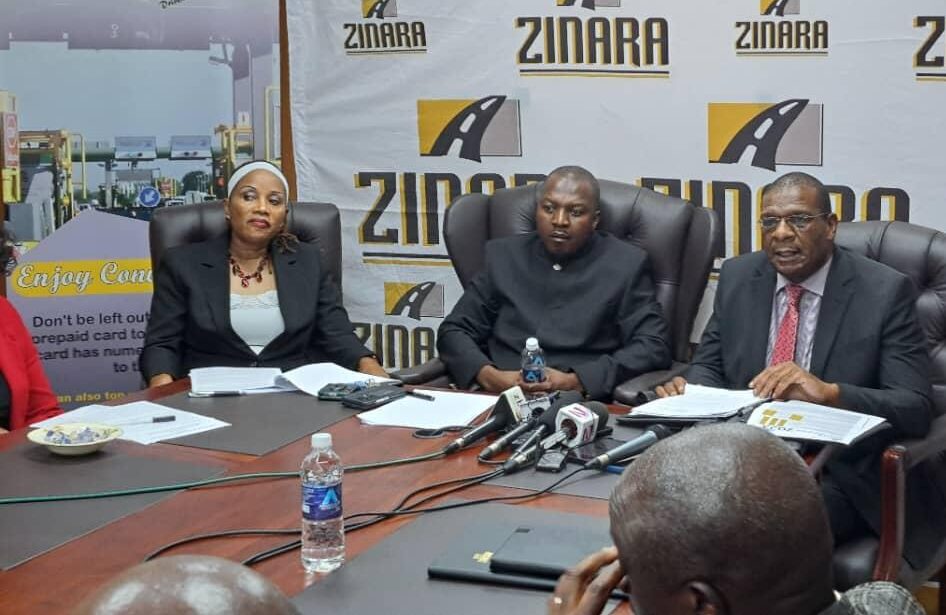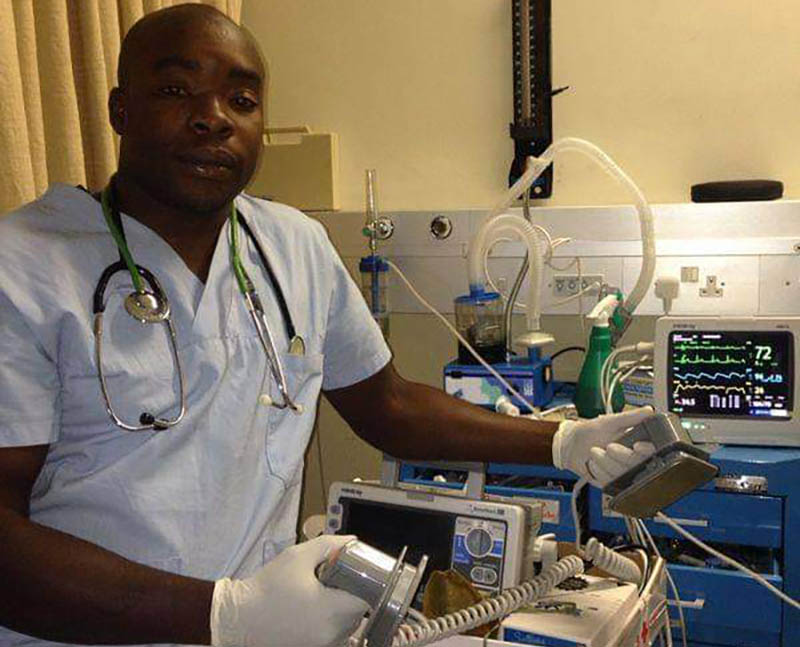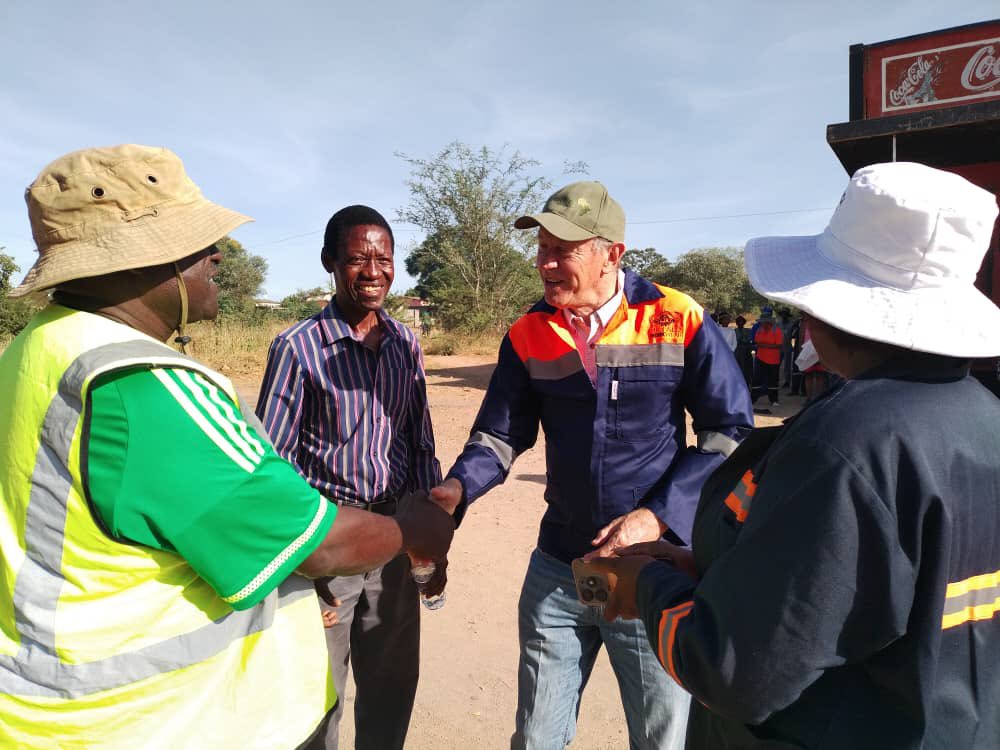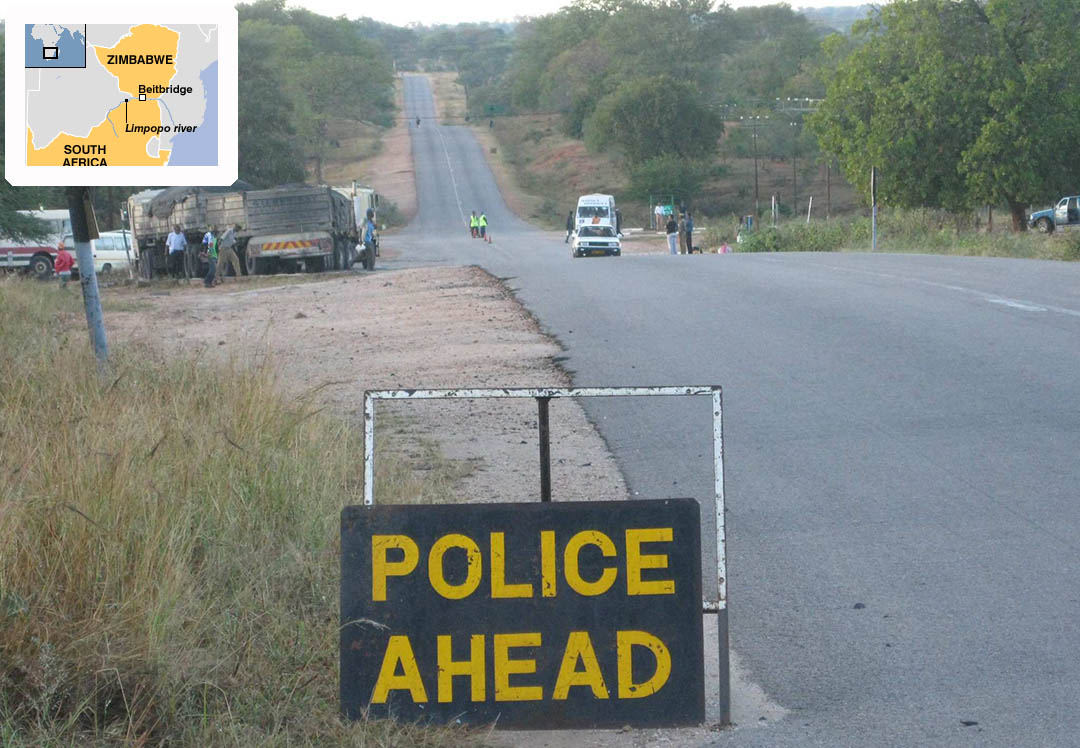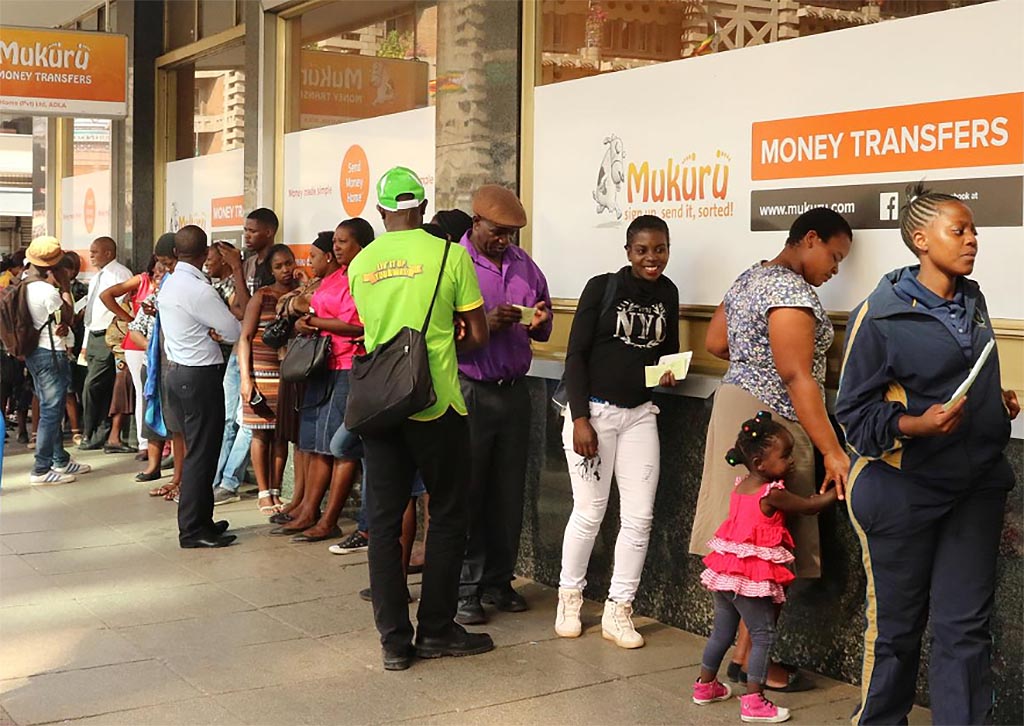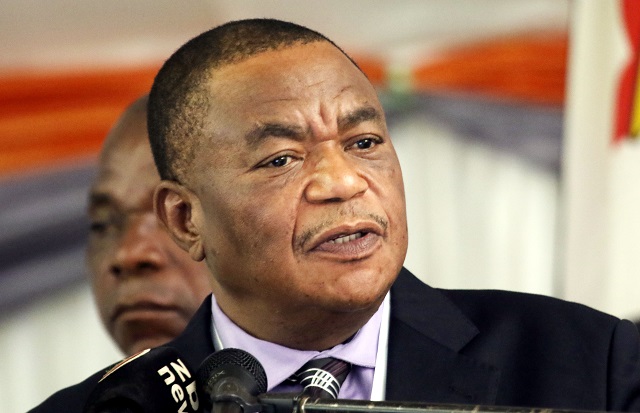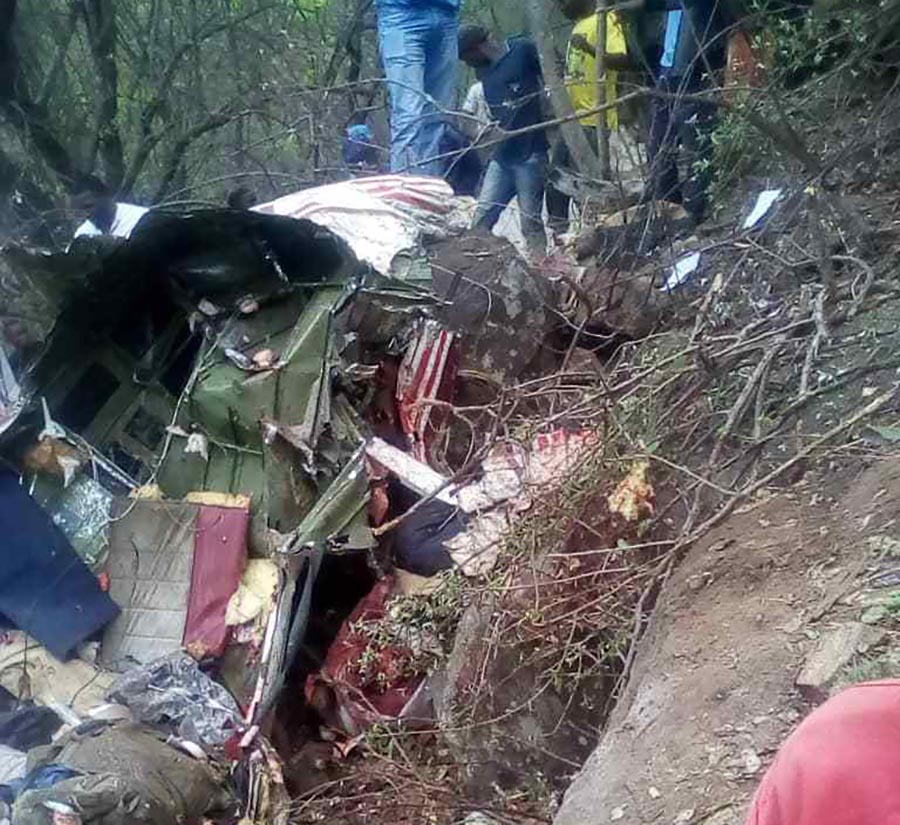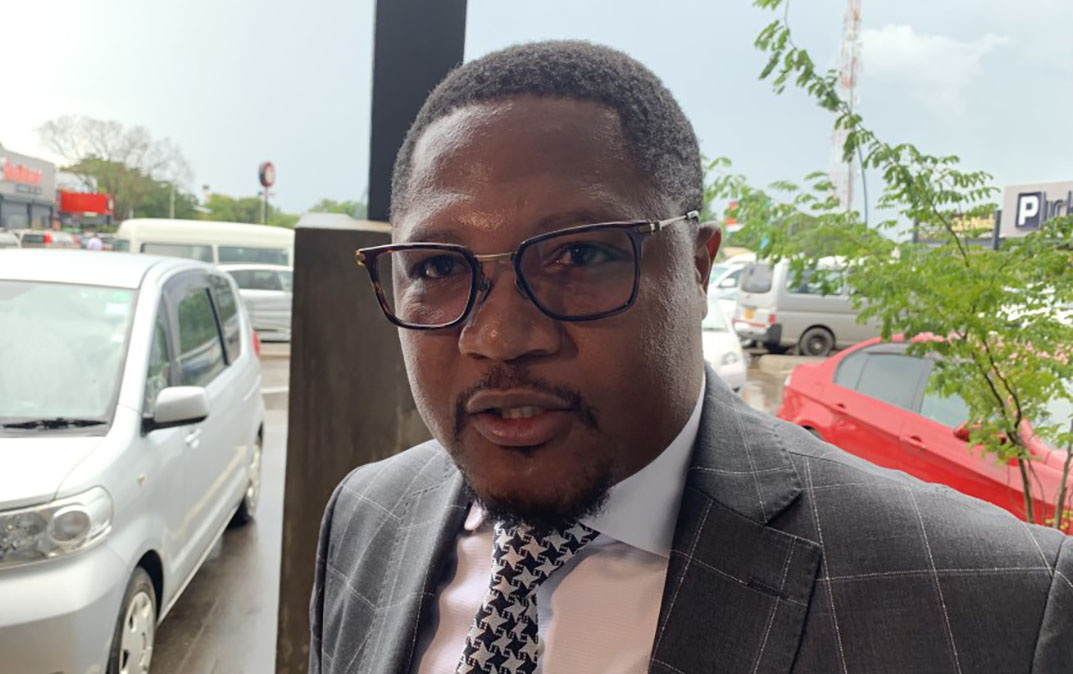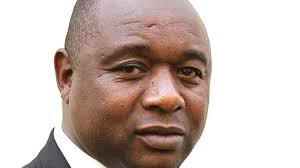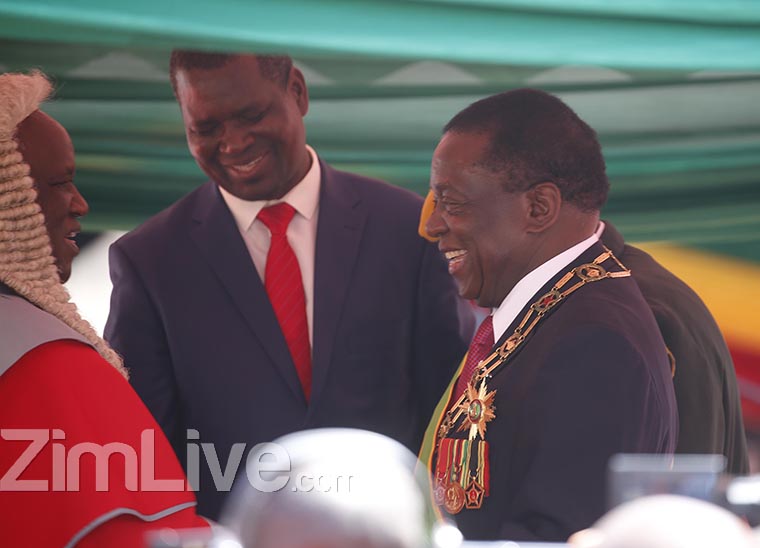HARARE – At least 400,000 vehicles are being driven on Zimbabwean roads without the mandatory licences, prejudicing the country of millions of US dollars in potential revenue realised from the levy.
At a media briefing in Harare Wednesday, Zimbabwe National Roads Administration (ZINARA) board chairman George Manyaya said there were 1,2 million registered vehicles in the country.
Of these, 400,000 were unlicensed, representing 33 percent loss in potential revenue to the country.
“You may be interested to note that figures from the Central Vehicle Registry department (CVR) show that Zimbabwe has only 1,2 million registered vehicles and of these, only 800,00 are compliant in terms of licensing,” he said while giving an overview on the road authority’s operations in 2023.
“Monthly, ZINARA licenses an average of between 130,000 to 150,000 vehicles only which amounts to between US$2,6 million and US$3 million a month which is predominantly received in ZWL.
“In essence, with a compliance rate hovering around 60 percent, the revenues collected under licensing are far below those claimed to be collected.
“Furthermore, in the year under review, licensing collection amounted to just over a third of total revenue collected.
“For instance, records show that vehicles that are registered in Harare are around 300,000.”
According to the road administrator, the year ending 31 December 2023, ZINARA collected ZWL868 billion against a revised budget of ZWL 768 billion.
Out of this amount, ZWL536 billion was channeled towards road related commitments.
Contrastingly, the Zimbabwe National Statistics Agency (ZIMSTATS) reported that the year ending December 2022, the number of vehicles registered in Zimbabwe hit 1,5 million, reflecting a 6,9 percent increase from 1,373,431 reported in 2021.
ZINARA reports Zimbabwe’s active vehicle population stands at 1,2 million as recorded in 2023 with the largest concentration in Harare.
Manyaya defended the continued designation of the road authority as the sole collector of licensing revenue even in territories run by local authorities.
“We collect funds from various revenue streams that include tolling, vehicle licensing, fuel levy, and overload fees among other revenue streams.
“I will focus mainly only on vehicle licensing where there has been some debate in some quarters that this revenue stream should be returned to local authorities.
“The rationale behind collecting vehicle licensing fees on behalf of all road authorities was done to ensure that, by centralising this process, we achieve greater efficiency, accountability, transparency, and equitable distribution of funds,” Manyaya said.
Local authorities have demanded the return of road revenue fees collected from the roads that they have maintained.

